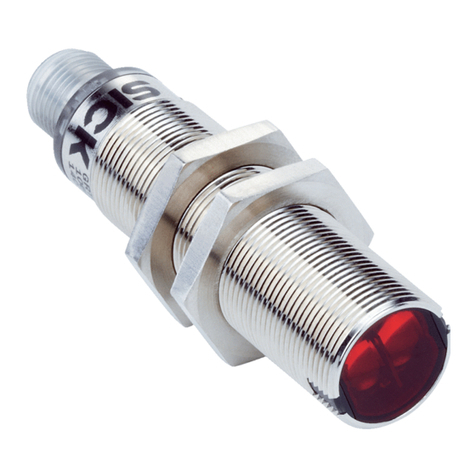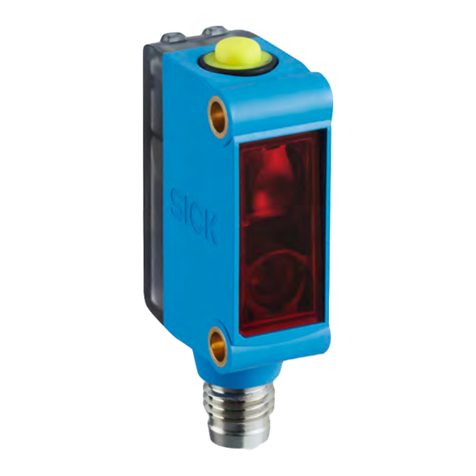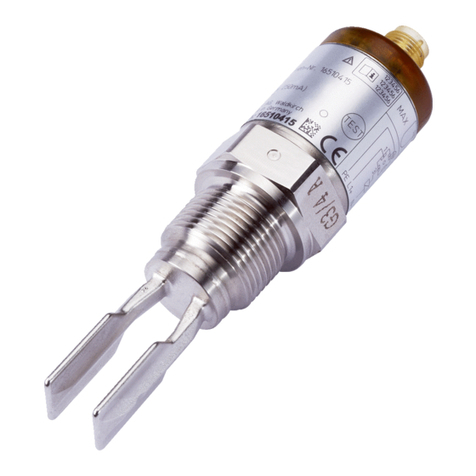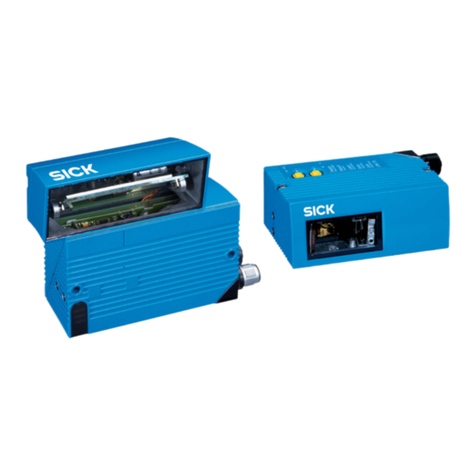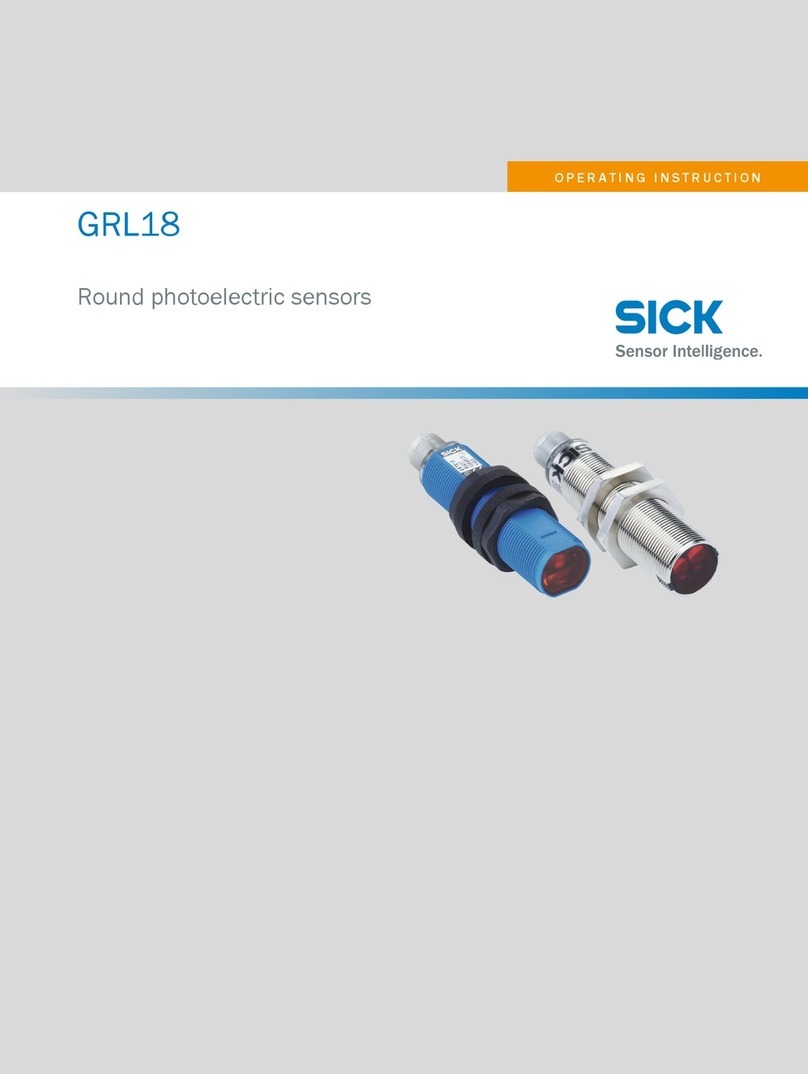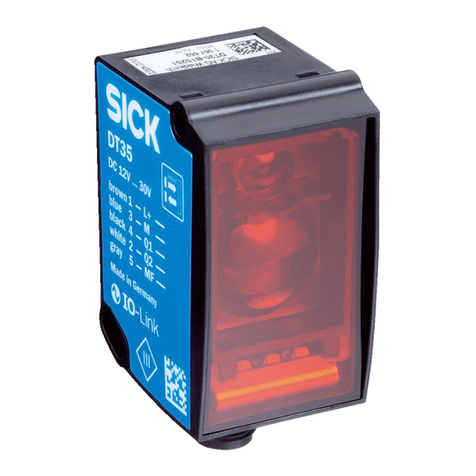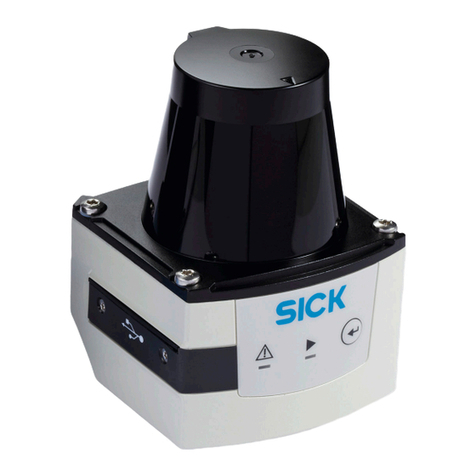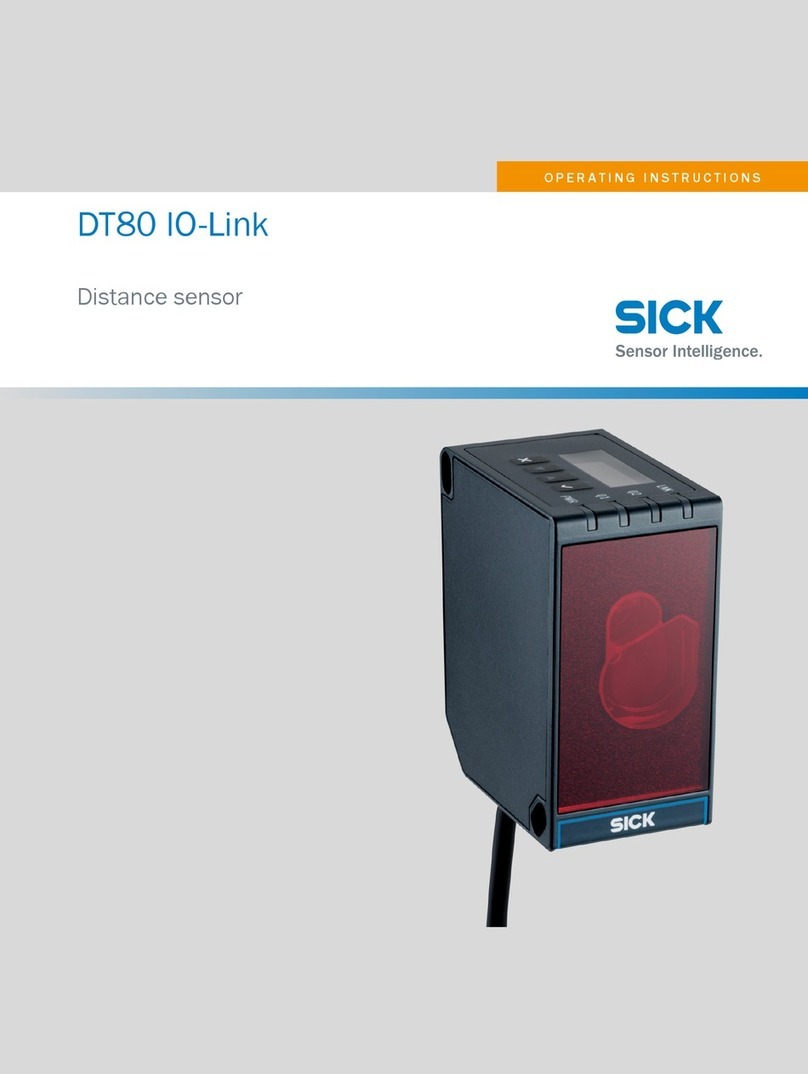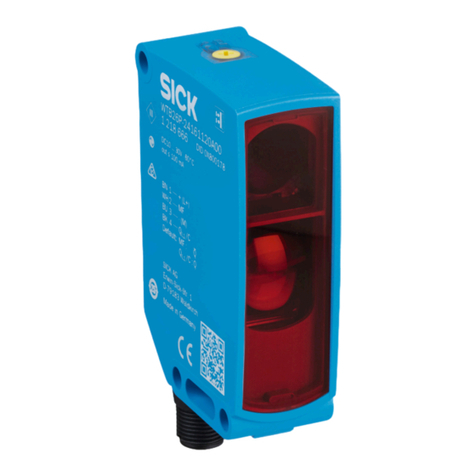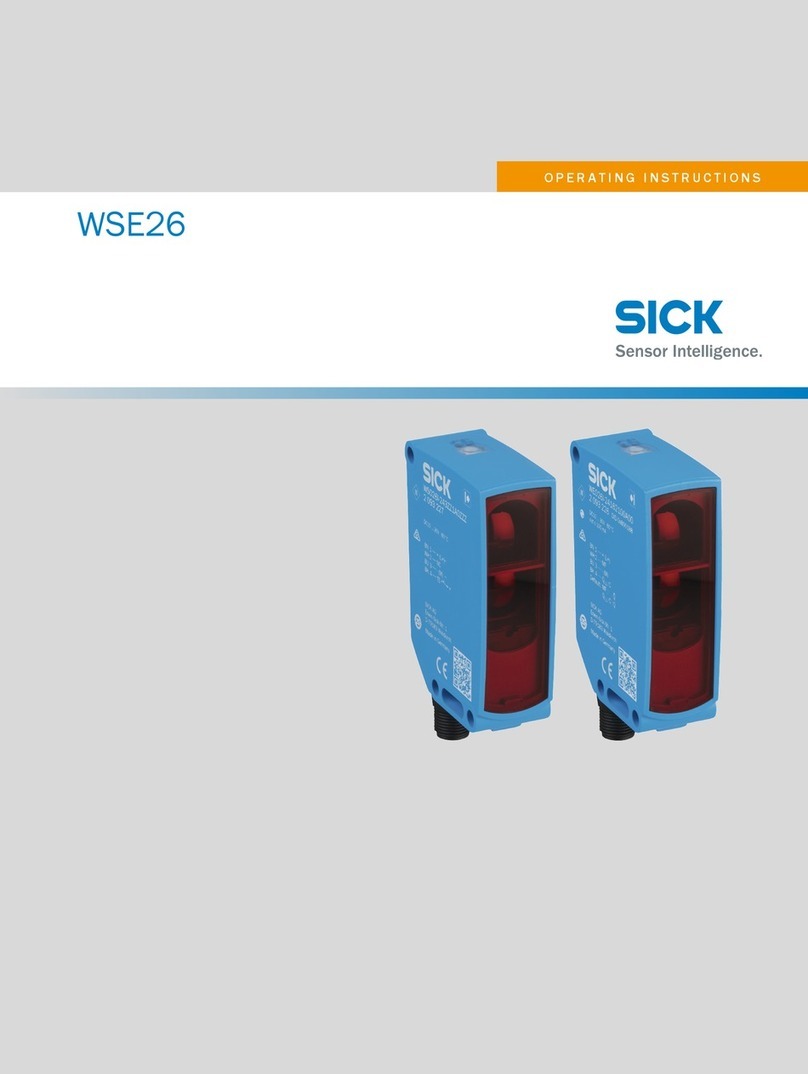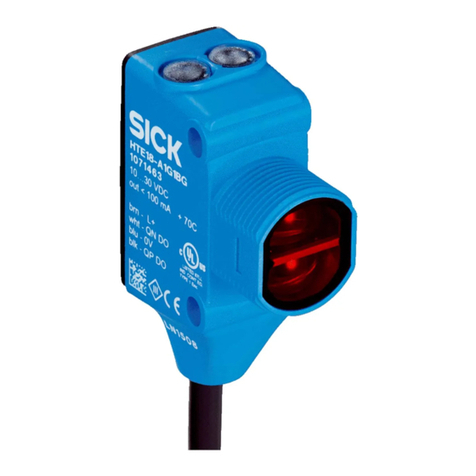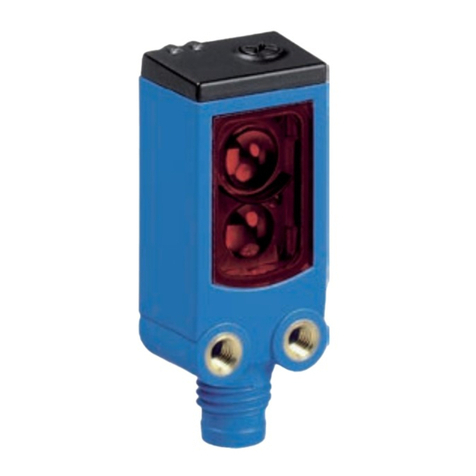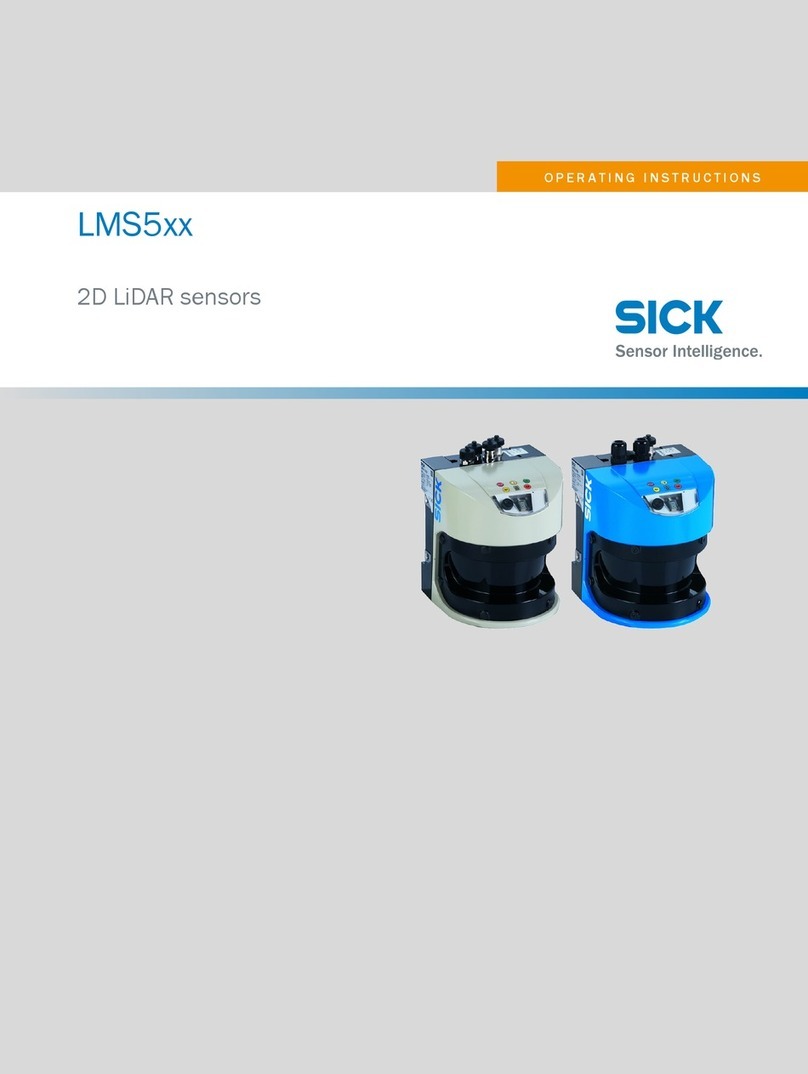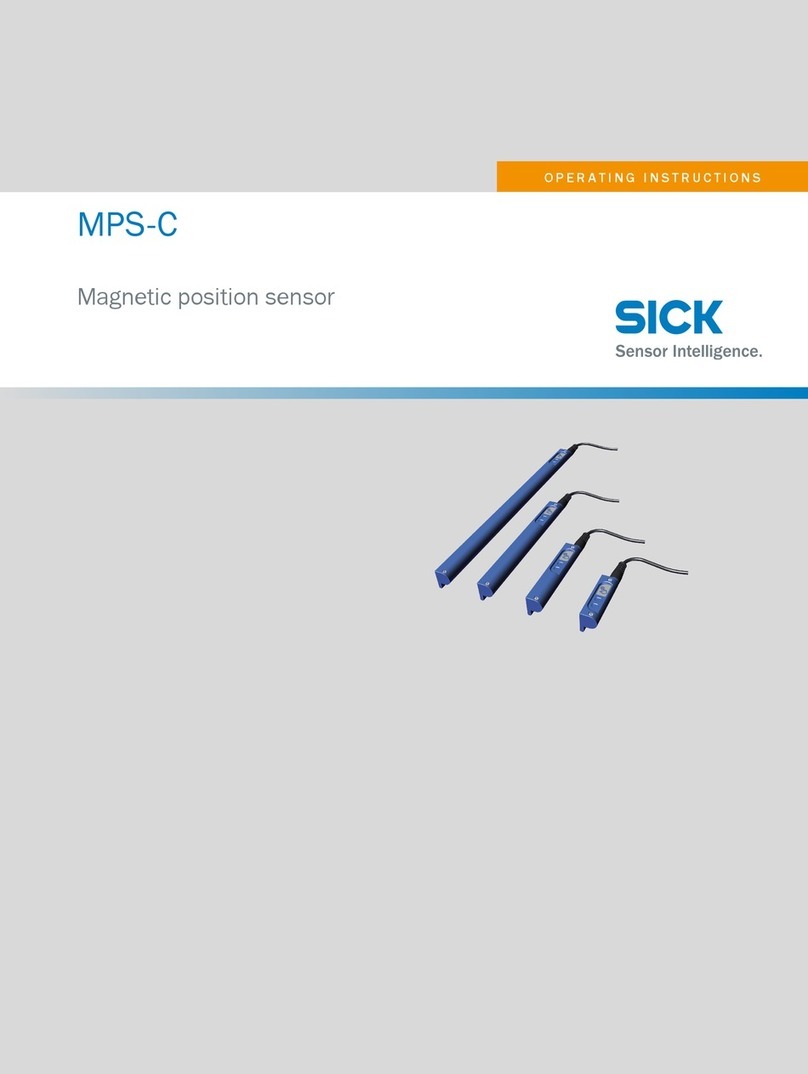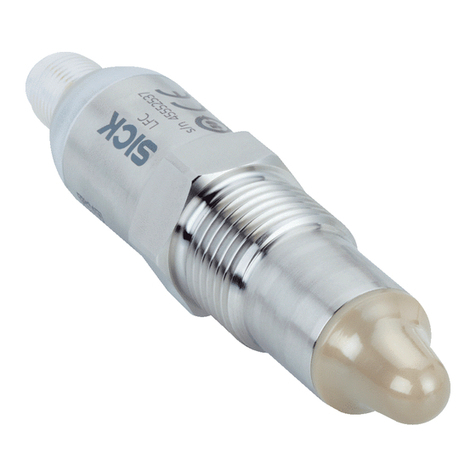
6.4 Pin assignments of electrical connections............................................. 28
6.4.1 Power/Serial Data/CAN........................................................... 28
6.4.2 Ethernet.................................................................................... 28
6.5 Connecting................................................................................................ 29
6.5.1 Connecting the supply voltage................................................ 29
6.5.2 Wiring the data interface......................................................... 29
6.5.3 CAN interface........................................................................... 30
7 Commissioning.................................................................................. 31
7.1 SOPASET configuration software............................................................ 31
7.2 Configuration with SOPAS ET................................................................... 31
7.2.1 Configuring the product manually.......................................... 31
7.2.2 Complete the configuration..................................................... 32
7.3 Saving the parameter set......................................................................... 32
7.4 External data back-up............................................................................... 33
7.5 MicroSD memory card.............................................................................. 34
7.6 Inserting and removing memory card..................................................... 34
7.7 Coordinate system.................................................................................... 35
8 Maintenance...................................................................................... 36
8.1 Maintenance plan..................................................................................... 36
8.2 Cleaning..................................................................................................... 36
9 Troubleshooting................................................................................. 38
9.1 General faults, warnings, and errors....................................................... 38
9.2 Displaying the status log.......................................................................... 38
9.3 Repairs...................................................................................................... 38
9.4 Returns...................................................................................................... 38
9.5 Replacing the product.............................................................................. 39
10 Decommissioning............................................................................. 41
10.1 Disposal..................................................................................................... 41
11 Technical data.................................................................................... 42
11.1 Features.................................................................................................... 42
11.2 Mechanics/electronics............................................................................. 42
11.3 Dimensional drawing................................................................................ 43
11.4 Performance............................................................................................. 44
11.5 Interfaces.................................................................................................. 44
11.6 Ambient data............................................................................................. 45
12 Accessories........................................................................................ 46
13 Annex.................................................................................................. 47
13.1 Declarations of conformity and certificates............................................ 47
13.2 Typical reference values during operation.............................................. 47
13.3 Signal assignment of cables with open cable end at one end.............. 49
CONTENTS
4O P E R A T I N G I N S T R U C T I O N S | GLS621 8024289/1H7Q/2023-04-27 | SICK
Subject to change without notice
